Mapping Methane with VHR SWIR Imagery
- European Space Imaging
- 25 June, 2021
Methane is the second most important greenhouse gas and its concentration in the atmosphere is currently increasing at a rate of around 1% per year. Whilst not as prevalent in our atmosphere as carbon dioxide, methane gas emissions threaten a more severe impact on global warming. Therefore, monitoring and controlling industrial emissions – especially those from oil and gas – is vital to helping combat climate change. But how do we effectively monitor these gases that are both odourless and invisible to the human eye? The answer to this lies in the use of remote sensing and new findings suggests that utilisng very high resolution (VHR) multispectral satellite imagery can improve emission detection thresholds with greater accuracy.
WorldView-3 Ground-breaking Discovery
WorldView-3 data provided by European Space Imaging from the Maxar WorldView constellation, through the ESA third party mission program to the Land and Atmosphere Remote Sensing (LARS) group at the Universitat Politècnica de València (UPV), has led to a major breakthrough in how we can detect and map methane. Utilising short wave infrared (SWIR) images, the scientists were able to map methane plumes from various locations around Earth at a spatial resolution of up to 3.7 m. This discovery was the first of its kind and filled an important observational gap in the remote sensing of methane point emission. Positive plume detections were achieved in oil and gas extraction fields in Algeria and Turkmenistan, and in the Shanxi coal mining region in China.
“Detecting and fixing fugitive methane emissions from fossil fuel production activities worldwide has been identified as a key climate change mitigation strategy. Satellite observations are becoming an essential means for this endeavour”
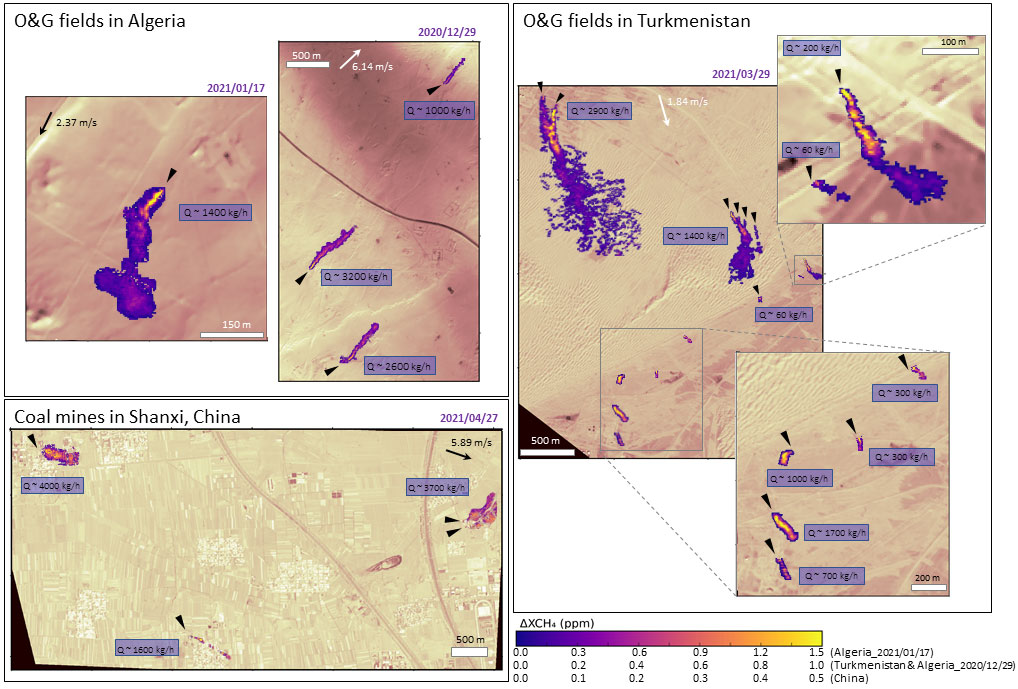
Sample methane plumes activities detected with WorldView-3 images.
Satellite Imagery supplied by European Space © Maxar Technologies / processed by Sánchez-García et al. (in prep.)
SWIR: An Important Complement
Previously, methane retrievals at such high resolution were only possible for airborne instruments, like the AVIRIS-NG spectrometer operated by NASA’s Jet Propulsion Laboratory. Therefore, WorldView-3’s SWIR images are an important complement to the current set of satellite missions capable of methane plume mapping, which share a spatial sampling in the 20-30 m range. The high spatial and temporal resolution of WorldView-3 SWIR observations are complemented with a high signal-to-noise ratio and a good spectral coverage of the strong methane absorption around 2300 nm, which make it a powerful mission for methane mapping.
“From now on, WorldView-3 will greatly contribute to this task, by enabling methane plume mapping at the highest spatial resolution of all available methane-sensitive satellite systems to date.”
Want to try SWIR Imagery for your project?
Learn more about SWIR and download free samples to see the quality for yourself and how it fits into your workflow.

Detailed view of methane plumes mapped WorldView-3 from a pipeline in the Turkmenistan oil and gas field at original 3.7 m SWIR sampling compared with that of a 30 m instrument.
Satellite Imagery supplied by European Space © Maxar Technologies / processed by Sánchez-García et al. (in prep.)
VHR Imagery Improves Methane Mapping
The ability to map methane emissions with VHR satellites with SWIR capabilities, such as WorldView-3, allow a substantial improvement of emission detection thresholds, as smaller emissions can be unveiled and more accurately located. It also enables a higher accuracy for quantifying emission rates and identifying which infrastructure elements are responsible for the emissions.
“As a long standing contributor to many ESA EO programs, I am thrilled that data directly supplied by European Space Imaging has led to such a fantastic breakthrough for the industry. Combating climate change is of vital importance to humanity and through technological innovations, we are now starting to see the power that satellite imagery has in solving this complex challenge.”
European Space Imaging has been supplying VHR satellite imagery to various ESA EO programs for many years. Since 2016, we have been supplying VHR data to the Third Party Mission scheme. Through this program ESA provides EO data from commercial suppliers to complement ESA EO missions and support and build up the scientific community in Europe. Accepted proposals can order products directly from European Space Imaging within the limit quote assigned by ESA. To learn more on how you can access free VHR data, visit https://www.euspaceimaging.com/open-access-data/
About LARS group:
The (LARS) group at UPV’s Research Institute of Water and Environmental Engineering (IIAMA) is led by Luis Guanter, who joined the UPV in March 2019 as a Full Professor. Besides Luis Guanter, LARS consists at the moment of Javier Gorroño as an ESA Living Planet Fellow, Elena Sánchez-García as a postdoctoral researcher, and Itziar Irakulis-Loitxate as a doctoral researcher.
Related Stories
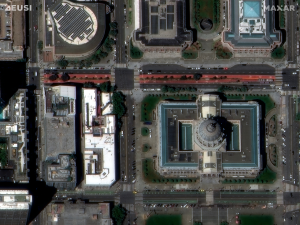
Maxar Intelligence Releases First Images from WorldView Legion as EUSI Prepares Munich Ground Station for European Downlink
Satellite Imagery © 2024 Maxar Technologies Provided by European Space Imaging Munich, Germany – Maxar Intelligence released the first images collected by the highly anticipated
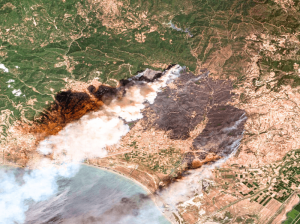
Satellite Imagery for Emergency Management
The use of satellite imagery for emergency response and management is invaluable. Both optical and SAR images help rescuers save lives when disasters happen, assist with damage assessments, and in many cases contribute to successfully preventing and predicting emergencies. Which events can be prevented? How exactly do first responders use satellite images? When are they better than other methods? We have summarised our 20+ years of experience in this article.
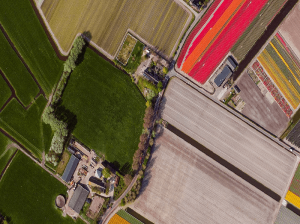
Satellite Imagery as a Valuable Tool for the New Common Agricultural Policy 2023–2027
On 1 January 2023, the new Common Agricultural Policy for years 2023–2027 entered into force. Hand in hand with the provided subsidies goes the necessity for monitoring and controls, which falls to the individual Member States. Therefore, an efficient, reliable, and cost-effective source of data is needed. Such source is Very High Resolution (VHR) satellite imagery. It allows you to conduct in-depth analysis of plant and soil conditions, map land use at wide scales with incredible detail and accuracy, and ensure that agricultural goals are being met.
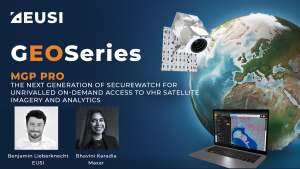
MGP Pro: The Next Generation of SecureWatch for On-demand Access to VHR Imagery
MGP Pro provides unrivalled coverage, quality and flexibility. Its subscribers can access over 3 million square kilometers of daily image collections, plus more than 6 billion sq km of archived imagery at up to 30 cm resolution.





